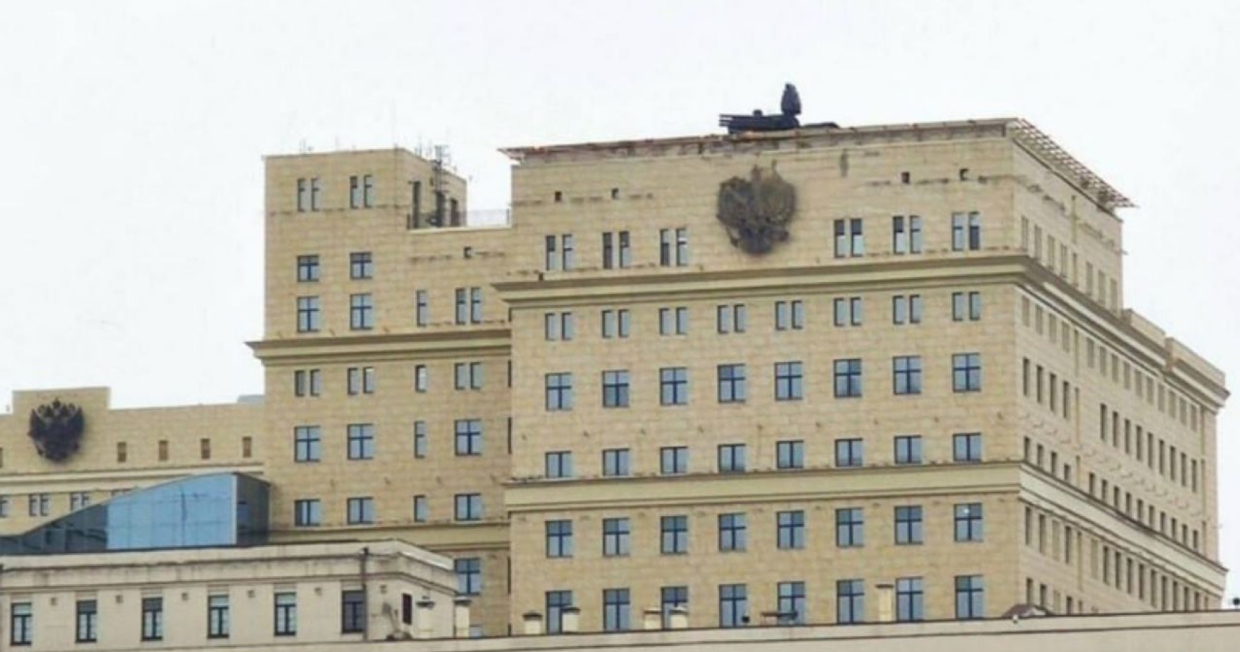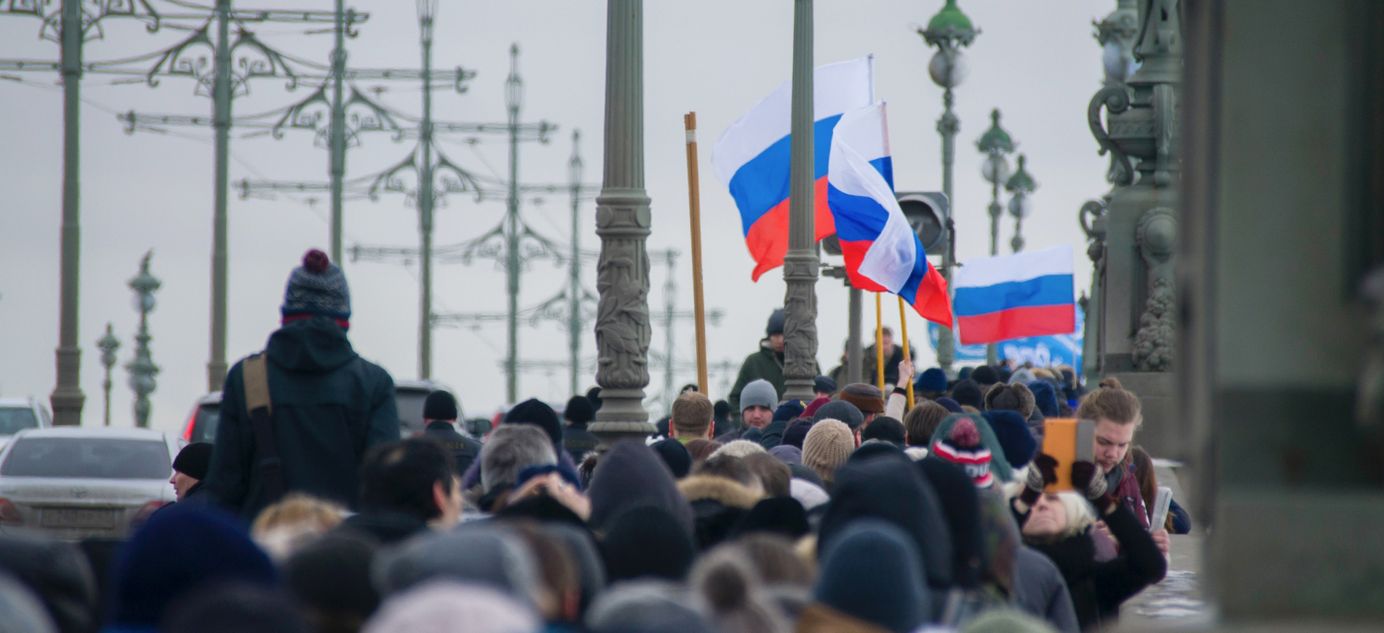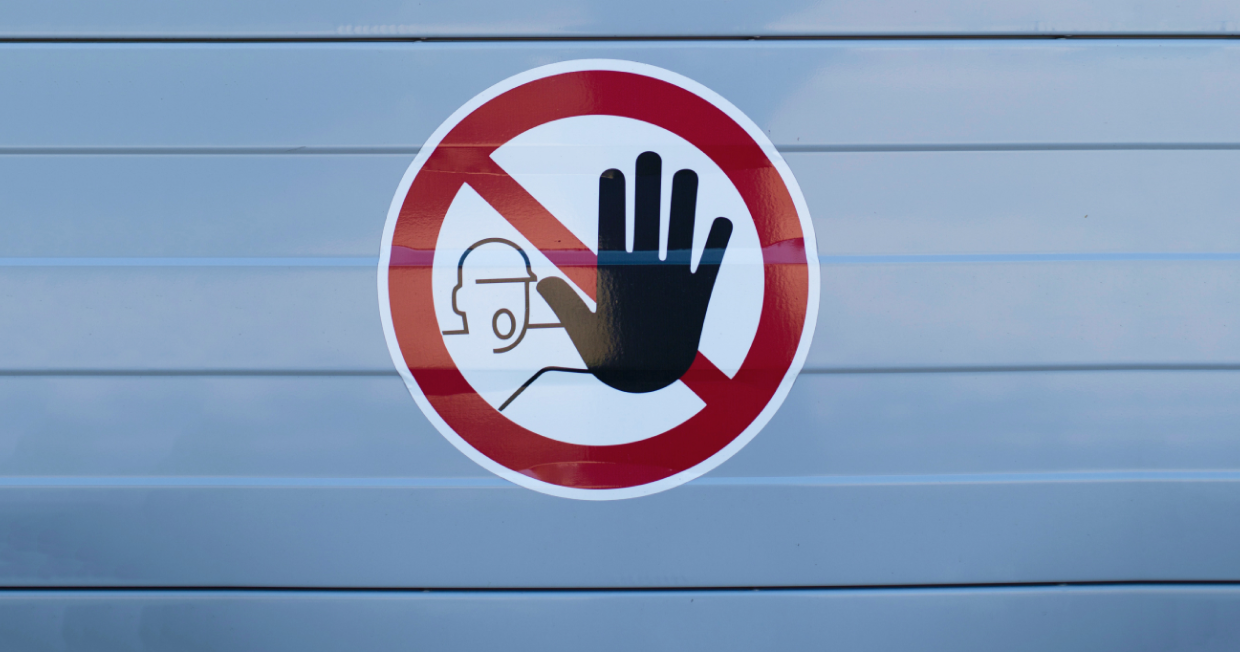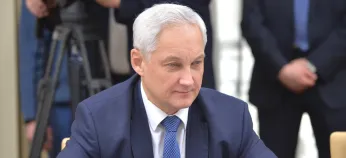
The war reaches Moscow with the installation of anti-aircraft systems
Videos that emerged on social media last week showed anti-aircraft defenses being installed on the roofs of buildings in downtown Moscow. Officially, nobody is commenting on this, but the clips were rapidly spread by — among others — pro-war and propaganda Telegram channels. In addition to any military need for the weapons, there is also a psychological aspect: residents of Russia’s capital who may have been trying to get on with their lives as if nothing is happening were given a stark reminder that their country is at war.
- Videos of air-defense systems being installed on the roofs and parks of Moscow began to circulate in mid-January. This week, there were at least six of these clips and photographs doing the rounds. Some of them show S-400 anti-aircraft systems in parks (1, 2, 3), while others show the installation of Pantsir missile and cannon systems on downtown buildings (including the Defense Ministry HQ). One of these systems appeared to have been set up 10 kilometers from one of Russian President Vladimir Putin’s residences just outside Moscow.
- There are legitimate military reasons to strengthen the capital’s air defenses. Last month, Ukraine gave the Russian military a nasty shock when it carried out a successful drone strike on airfields in Saratov and Ryazan Regions, more than 600 kilometers from the front.
- A couple of drones would not inflict significant damage on Moscow, but the psychological impact of a successful raid on the Russian capital would be huge. Moreover, the Russian military likely remembers a past scandal: in 1987, German amateur pilot Matthias Rust breached Soviet air defenses and landed his Cessna on Red Square. That was a powerful blow to the Soviet military and contributed to the collapse in public confidence in the Soviet authorities.
- However, it seems likely that the appearance of these clips also serves a propaganda purpose. This is indirectly confirmed by the fact that the clips were circulated and promoted by pro-war channels (to some extent, under official control).
- For much of 2022, while the Kremlin clung onto its fading hopes of a swift conclusion to its “special military operation” in Ukraine, the authorities tried to maintain a sense of peaceful everyday life in Russia’s major cities. Wealthy Muscovites, worried about the war and the impact of sanctions, wanted to believe that nothing much had changed — and happily joined in this game. In Moscow, even the pro-war “Z” symbol was barely visible. “In the capital city of a country at war, there is nothing to remind us that just two hours’ flight away we are engaged in a battle, the like of which has not been seen since 1945,” wrote an outraged Alexander Kots, a prominent pro-Kremlin war correspondent for tabloid Komsomolskaya Pravda, in June.
- However, September’s decision to mobilize part of the population forced the authorities to change its tune. This is no longer a professional military operation, taking place far away. Now, it’s a “people’s war.” This is visible in downtown Moscow where the “Z” symbol has begun to appear. Mayor Sergei Sobyanin, who generally tries to keep his distance from military matters, was last month obliged to travel to the front for photos with soldiers. It’s plausible that the deployment of anti-aircraft defense in Moscow is another way of reminding Muscovites that their country is involved in a real war — and that society should be rallying around the authorities.
Why the world should care
The Kremlin is redoubling its efforts to whip up active support among a population that has spent two decades being encouraged to remain passive. This year, we will find out whether the change of tactic will work. But, for the moment, the installation of air defense systems on office blocks seems crazy, especially after Foreign Minister Sergei Lavrov’s statements that Ukraine itself is to blame for the missile strike that destroyed an apartment block in Dnipro — because it had deployed anti-aircraft systems in a residential area.




